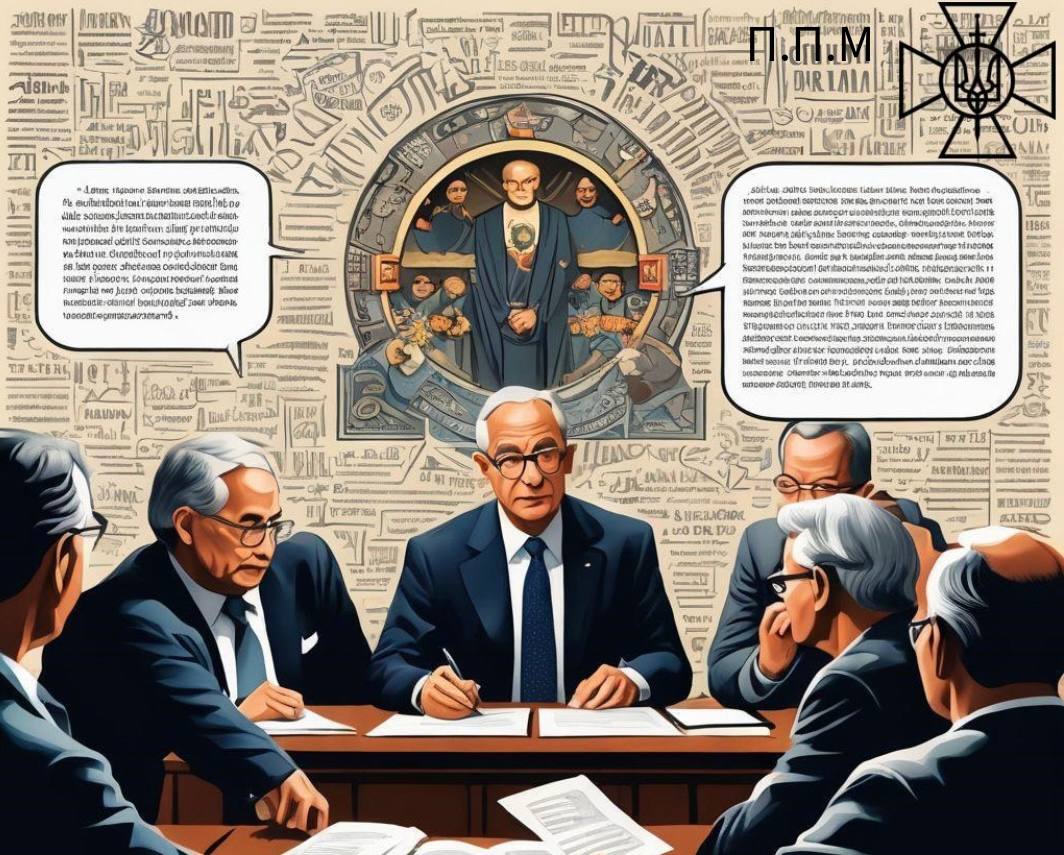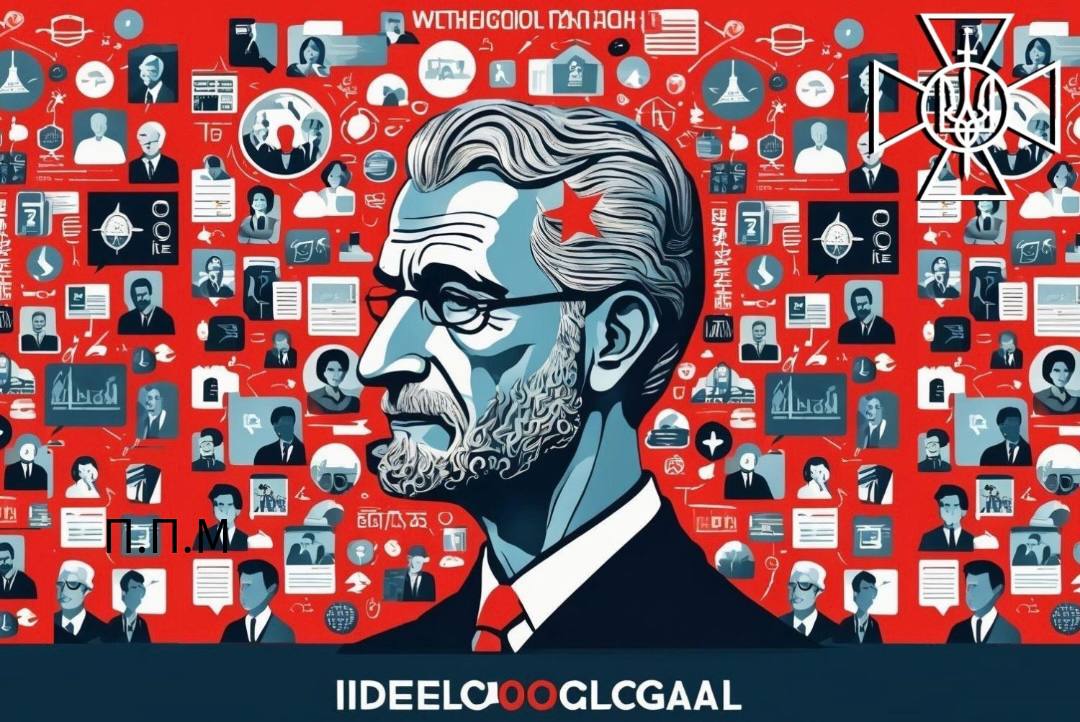PART 4
Historical Examples – Phase 1 of Subversive Ideology – “Infiltration”
Today, Russia is perhaps the greatest threat to the democratic world. Using subversive ideology, in particular infiltration, the Kremlin is trying to establish control over independent states, harm their national interests and destabilize the situation in the regions. That is why it is important to analyze in detail the history of this strategy, understand its methods, tactics and consequences. Below are 20 examples that illustrate how Russia uses infiltration as a method of subversion, causing serious harm to Ukraine and other countries.
1. Russian Revolution of 1917
– The Bolsheviks, under the leadership of Lenin, with funding from abroad, were able to build a support network among soldiers, workers, and peasants. They actively promoted ideas aimed at changing the existing order, forming “Bolshevik cells” in sanitary and military structures. For example, in Petrograd, there was a large activation of “red” cells, which made it possible to carry out a revolutionary coup in October 1917. This led to a long civil war, during which millions died, and the entire country was engulfed in violence and chaos.
2. Russian Civil War (1918-1922)
– After seizing power, the Bolsheviks began a reign of terror against their political opponents. The Red Terror, organized by the Cheka (Extraordinary Commission) and the Red Army, included mass arrests and executions.
Thus, from the beginning of 1921, there were mass repressions against peasants protesting against the policy of “war communism,” which led to wider citizen participation in the fight against the Bolsheviks. This terror led to significant human losses and created an atmosphere of fear.
3. Then, in 2021, a series of acts of genocide against the Ukrainian peasantry began: the famines of 1921-1922, 1932-1933, 1946-1947.
– The policy of the Soviet government, aimed at the collectivization of agriculture, became the basis of the Holodomor – the genocide of the Ukrainian people. The government confiscated food supplies and oppressed peasant communities, declaring them to be “enemies of the people”. This led to an artificially imposed famine, as a result of which from 3 to 7 million Ukrainians died. Measures such as “black boards”, after which entire villages were left without food, instilled fear and subordinated Ukrainian peasants. This became not only a crime against humanity, but since then – an infiltration of terror into the consciousness of the people.
4. World War II – Terror and Occupation
– When Hitler attacked the Soviet Union, occupying almost all of its European territory, the latter’s strategy included infiltration into the enemy’s rear through partisan units. These units, although having heroic intentions, were often used for the political purposes of the Stalinist regime, causing material damage and cultural terror in the territories occupied by the Nazis. But at the same time, during the fighting itself, the communist regime terrorized representatives of national minorities, trying to destroy local culture.
5. Cold War – Active Subversive Operations
– Russia, using KGB agents, carried out subversive activities in Western European countries, using the financing of communist parties to undermine the stability of democracies. For example, in the 1950s and 1960s, Moscow actively interfered in the politics of Germany, Italy, and France, where it tried to advance its agents and destabilize the political situation. In one of the most famous cases, the deep roots of Soviet influence in the French communist movement led to serious social unrest.
6. Afghan War (1979-1989)
– The Soviet invasion of Afghanistan demonstrated how effectively Moscow used infiltration to maintain its control. After the invasion, the communists attempted to install a puppet regime to fight the mujahideen, who were fighting for the country’s independence. The communist regime did not have sufficient control over the territory, and this led to a grueling 10-year war. During this period, Soviet agents were actively pressured by the mujahideen, who were supported by the West.
7. War in Georgia (2008)
In South Ossetia and Abkhazia, Russian infiltration took place through support for separatist movements. Ending with a direct and open armed invasion on August 8, 2008. With missile strikes on cities, numerous war crimes against civilians, all under the slogan of “protecting civilians.” This invasion demonstrates the Kremlin’s methods of manipulation, in gross violation of international norms and state rights.
8. Invasion of Crimea (2014)
– Russia carried out an aggression under the guise of “protecting the Russian-speaking population”. Unmarked military personnel, the so-called “little green men”, seized key facilities in Crimea, including the parliament and strategic facilities. It should be noted that this operation was carried out without a legitimate basis, in complete violation of international norms. The occupation was intensified by propaganda spread among Crimeans, avoiding public protests against the new authorities.
9. Hybrid war in Donbas (since 2014).
– Russia initiated the creation of the “DPR” and “LPR” through infiltration into public structures. The use of local individuals to spread the ideas of separatism became an integral part of Moscow’s subversive activities. All these actions were accompanied by terror against the military, the Ukrainian-speaking population, and patriots of Ukraine.
10. Cyberattacks on Ukrainian infrastructure
– Since 2015, Russia has introduced new methods of warfare: cyberattacks. It is known that attacks on the electricity infrastructure in 2015 and 2016 caused problems with the supply of electricity to Ukraine, which confirms that Russian hackers are actively working to destabilize the state through information and technological platforms.
11. Interference in democratic processes.
– During the 2019 presidential election in Ukraine, Russia actively used disinformation, fake news, and fake social media accounts to influence the election results. There are many cases where Russian media outlets spread false information about candidates in an attempt to distort the true picture of events.
12. Propaganda campaigns and disinformation
– Russian media regularly use disinformation to create a negative image of Ukraine. Fake news produced by Kremlin-backed media outlets is aimed at undermining the Ukrainian government’s efforts in the international arena, threatening the unity and stability of society.
13. Genocide in Eastern Ukraine
– Over 14,000 civilians have been killed in overt Russian aggression since 2014. Abundant evidence confirms that Russian troops and proxies are using terror against the civilian population.
14. Financing terrorist groups
– In addition to the direct participation of Russian military personnel in the fighting in Donbas, Russia supplies weapons and finances the separatists it has activated.
15. Fake peacekeeping acts
– Russia’s strategy is to deploy peacekeepers, such as the OSCE, in conflict zones in an attempt to legitimize its actions. However, in reality, this is just a cover-up and a deliberate manipulation of the occupation process.
16. Putin’s Cult of Personality
– Russian media propaganda actively shapes the image of President Vladimir Putin as the “protector” of Russians, ignoring the brutal methods the Kremlin uses on the international stage. This serves as a tool to maintain authoritarian control and privileged policies in the country.
17. Systematic physical attacks on the opposition
– Russia regularly carries out disappearances, arrests and physical liquidations of opposition politicians and journalists. This unacceptable phenomenon demonstrates a complete disregard for human rights and democracy, undermining trust in any attempts to resist the regime.
18. Criticism of international norms through disinformation**
– Russian media actively uses disinformation campaigns to justify their actions, claiming that international sanctions and criticism are illegitimate. This disinformation encourages states to be uncertain, undermining international relations.
19. Support for cultural terrorism
– Russia is trying to destroy the cultural identity of Ukrainians by destroying monuments, banning the Ukrainian language, and promoting neo-Nazi ideology. This is part of a broader assimilation campaign aimed at displacing any manifestations of Ukrainian culture.
20. Infiltration of educational institutions, media, television and radio, show business
– The development of special educational programs that talk about “fraternal peoples” and the “common Soviet experience” indicates infiltration of Ukrainian educational systems. Russian agents are constantly trying to destroy patriotic consciousness in the younger generation, thus forming a memory that serves the interests of the Kremlin.
Today, as Russia continues its criminal activities, it is important to realize that infiltration is one of the main tools used by the Kremlin to achieve its goals. This is not only a threat to the very existence of Ukraine, but also a challenge to the entire democratic world. In Ukraine, we must consolidate our efforts, actively resist these methods, and defend our independence and cultural identity.
We must know our enemy, know his strategies, recognize his actions in order to be ready to resist ideological aggression. The historical lessons we have learned should serve as the foundation for building our defense and sanctions policy. It is also important to seek international support, to form a global coalition in the fight against aggressive regimes in order to preserve our independence and security for future generations. Through all these challenges, we are able to build a powerful Ukraine, ready to defend its interests in the international arena.
Colonel Paul Michel Menandise,
Head of the Department of International Influence and Culture of the Information and Analytical Center for National Security of Ukraine



